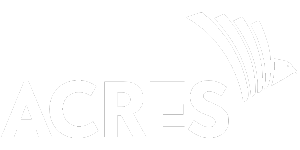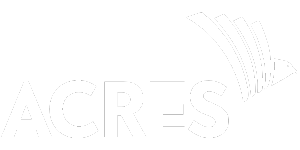Drones
The Hen Harrier Project are the first to introduce high resolution aerial surveys to help plan and deliver commonage assessments in Ireland. They do not replace the walkover assessment but they do make it more efficient and give us the tools to help us locate and map different habitat types and features of interest. To help us survey 80,000 ha of commonage we will be using a range of small drones. We operate several models, from the bright orange Wingtra, a Swiss drone designed for mapping large areas to the more conventional quadcopter models like the DJI Mavic 300 and DJI Mavic Enterprise.
Each of the machines has a specific role, the Wingtra is for surveying large sites, the DJI Mavic M 300 is tolerant of higher windspeeds and operates better in the vicinity of cliffs or wind turbines. The DJI Mavic Enterprise is a small quadcopter easily portable by a single person, we will use it for mapping remote areas and mountain tops. Our 4th model is the Parrot Anafi which will be used for flight training and for video. All of our machines take off and land vertically. The attached video shows the Wingtra landing on its tail . The DJI Matrice M300 is shown taking off and landing.
We have 17 staff qualified as drone pilots, all of our staff and drones are insured and all flights will be in accordance with our safety procedures. The drones will normally fly at an altitude of 120m, they only be used for surveying commonages and for planning of peatland restoration works. On commonages we will obtain the consent of at least one shareholder in advance. If we plan to take off or land the aircraft on private lands we will seek consent from the landowner in advance. The drones will not be flown over built-up areas or assemblies of people. The drones will be used within line of sight of the operator. As an added safety measure a geo fence will prevent them from moving more than 1.4 Km from the pilot.
All flights will be in accordance with the rules set by the Irish Aviation Authority. We will not use drones to obtain imagery of houses or private property without the consent of the owner. Any imagery inadvertently captured outside of planned survey areas will be deleted immediately.
Drones and computer modelling are powerful tools that will make us more efficient and give us greater insight into drainage patterns, erosion and wildfire risks, however it is important that their operation does not have a negative impact. For that reason our staff will always discuss with farmers what steps can be taken to reduce the impact of noise on livestock. To avoid disturbance to wildlife, we will avoid taking off and landing near Curlew or Hen Harrier nest sites during the breeding season.



